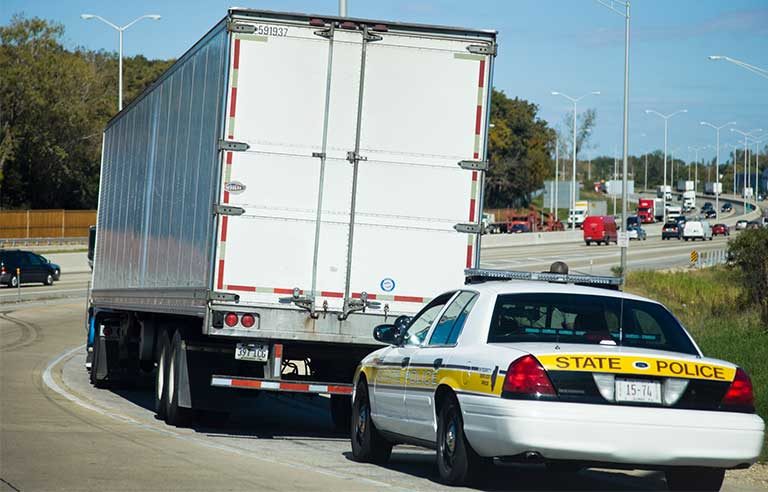Speeding most cited violation during Operation Safe Driver Week

Greenbelt, MD — Law enforcement officials issued more than 71,000 citations and warnings to drivers during the Commercial Vehicle Safety Alliance’s annual Operation Safe Driver Week.
From July 12 to July 18, law enforcement officials throughout the United States and Canada were on the lookout for commercial and passenger vehicle drivers engaging in unsafe behaviors such as following too closely, not wearing a seat belt and distracted driving, while placing added emphasis on speeding, CVSA states in a Sept. 2 press release.
Citations and warnings related to speeding were most common among both groups of drivers. Commercial motor vehicle drivers received 2,339 citations and 3,423 warnings for speeding, while passenger drivers accounted for 14,378 citations and 11,456 warnings.
Rounding out the top five citations issued to CMV drivers: failure to wear a seat belt (1,003), failure to obey a traffic control device (617), texting or using a handheld phone (269), and improper lane change (122).
The next most common citations issued to passenger vehicle drivers were failure to wear a seat belt (932), possession/use/under the influence of alcohol and/or drugs (452), failure to obey a traffic control device (399), and improper lane change (273).
“Although CVSA is a commercial motor vehicle safety organization, it was important that passenger vehicle drivers were also involved in this annual weeklong driver safety enforcement initiative,” CVSA President John Samis said in the release. “When commercial motor vehicles and passenger vehicles collide, no matter who was at fault, the results can be catastrophic, especially for the smaller and lighter passenger vehicle. Preventing crashes from happening requires every driver – commercial and personal – to be aware of how to safely share the road with other types of vehicles.”
The rate of motor vehicle-related deaths jumped 20% in the first half of the year compared with the same period in 2019 – despite a 17% drop in the number of miles driven – according to preliminary estimates released Sept. 15 by the National Safety Council.
Post a comment to this article
Safety+Health welcomes comments that promote respectful dialogue. Please stay on topic. Comments that contain personal attacks, profanity or abusive language – or those aggressively promoting products or services – will be removed. We reserve the right to determine which comments violate our comment policy. (Anonymous comments are welcome; merely skip the “name” field in the comment box. An email address is required but will not be included with your comment.)

